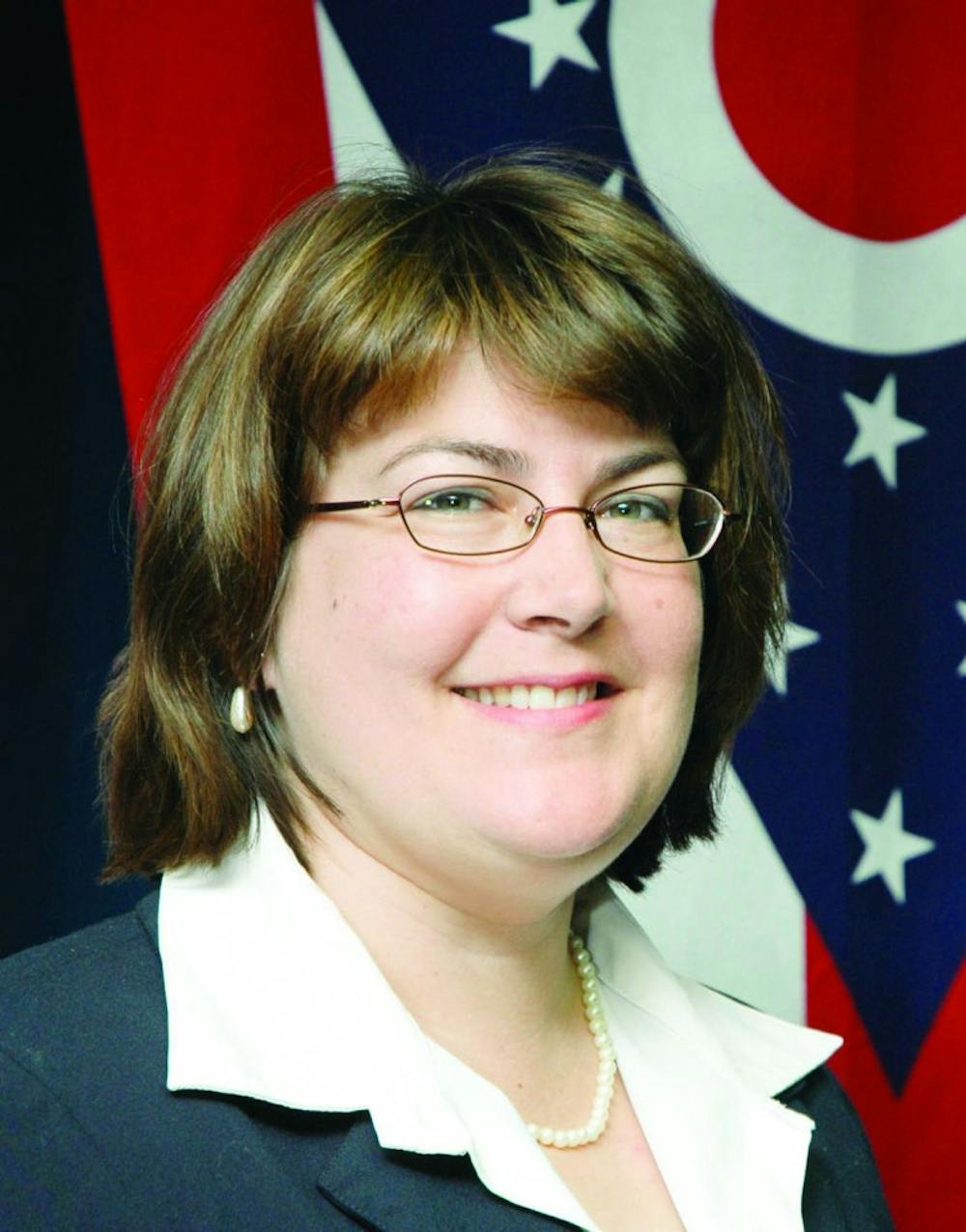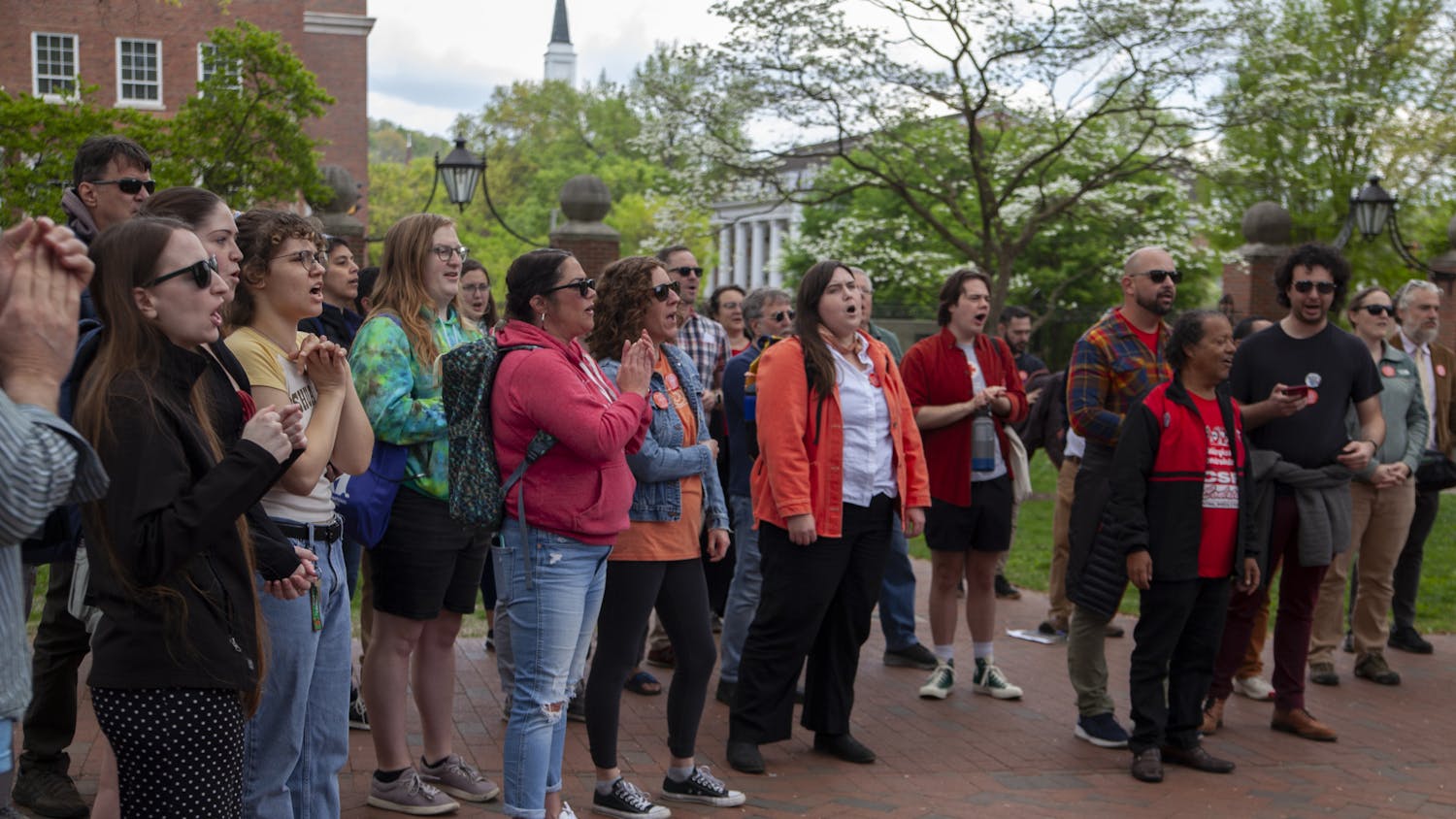John Kasich will announce his plan for the 2015-16 budget in February.
Income tax levels, job growth, funding for local governments and funding for public education will likely be hot-button issues at the Statehouse over the next few months after Ohio Gov. John Kasich introduces the state’s biennial budget proposal in early February.
The state legislature will have until June 30 to draft the budget, which will stay in effect until 2017.
“The main thing that will affect students, like anyone else, will be job growth,” State Rep. Debbie Phillips, D-Albany, said.
Phillips said she is optimistic that both parties in the General Assembly will be able to work together to draft a budget that will encourage job growth.
According to a report from Pew Charitable Trusts, a nonprofit organization, the state has increased its job growth by 1.14 percent since 2013.
Phillips said Speaker of the House Clifford Rosenberger has emphasized that job growth will be a priority in this year’s budget.
“He is from the part of the state where DHL closed its doors and put a lot of people out of business,” she said, referring to when the German shipping service closed its American headquarters in Wilmington in 2008. “That’s something that is a very strong concern of his.”
State Sen. Lou Gentile said he hopes to focus on drafting legislation that will encourage local workforces to prevent employees from leaving Southeast Ohio, or the state.
“I think this issue of workforce development will be critical in our region,” he said.
Gentile added that he wants to encourage economic development that could encourage students to obtain four-year and two-year degrees to find secure jobs in the state after graduating.
Gentile said he has requested to sit on the state’s budget committee and is optimistic about his chances.
“It’s an important committee to serve on because you decide what the budget will be,” he said. “I just feel really passionate that someone in our region should be involved in that.”
He said another important state issue will likely be the deregulation of public education.
Kasich’s budget proposal is slated to include cuts to both public and higher education, Gentile said.
Additionally, Gentile said there will likely be further cuts to local government’s budgets, which were reduced by half in the state’s 2013 budget.
As a result, he said there have been cuts in public safety services throughout several local municipalities.
Richard Vedder, Ohio University professor emeritus of economics, said he is optimistic about Kasich’s budget proposal, adding that his previous three budget proposals have helped reduce government spending.
“One area where I think he has really excelled is in the budget area,” he said.
Vedder said he hopes to see an increase in severance taxes for oil and gas production companies in order to reduce the state’s income tax levels.
“Those taxes can be (increased) without hurting individuals,” he said.
Vedder added that he hopes to see the top rate of income taxes in Ohio reduced to below 5 percent. Currently, it is at 5.33 percent.
Vedder compared that figure to those in neighboring states: a 3.4 percent income tax level in Indiana and a 4.25 percent level in Michigan.
wp198712@ohio.edu
@wtperkins






